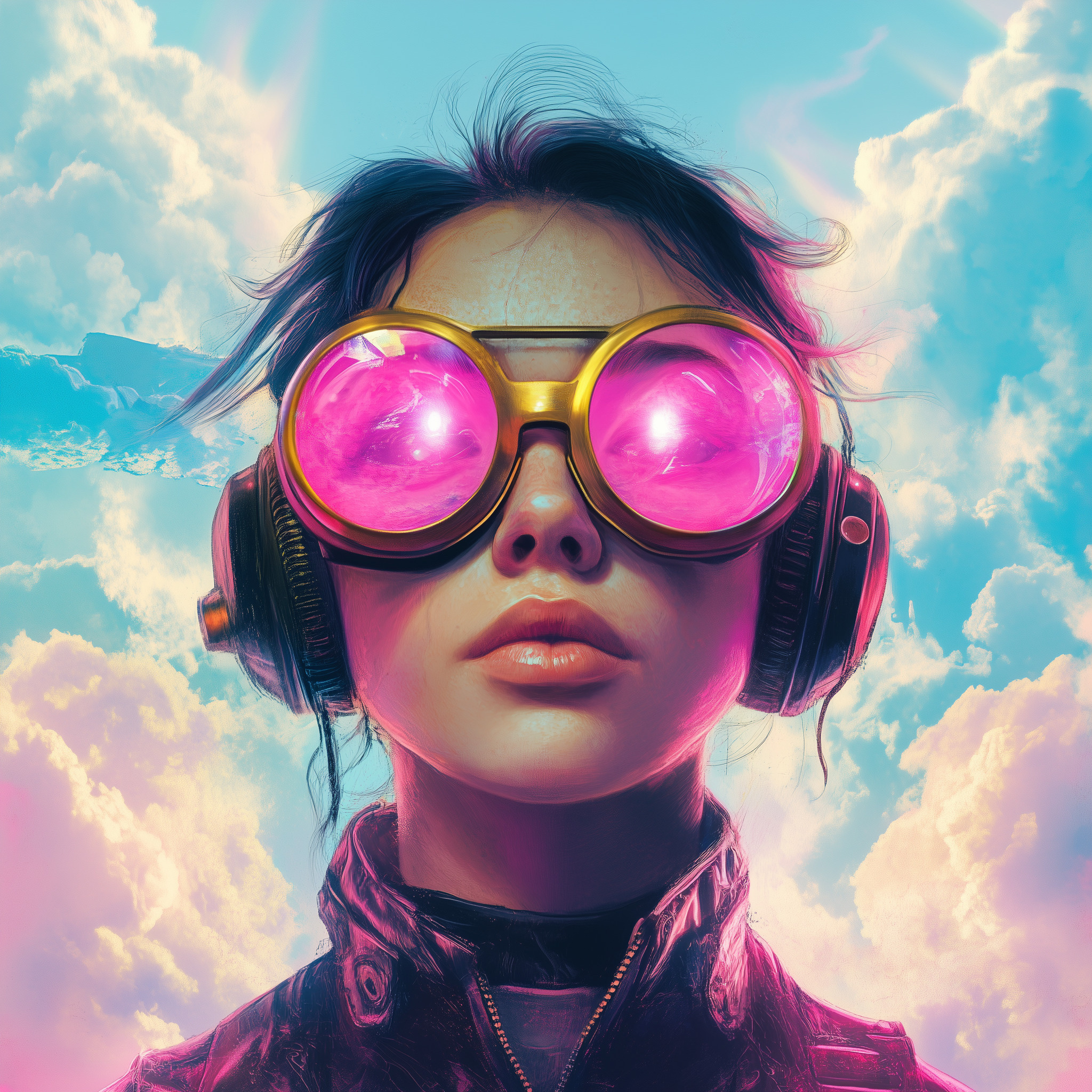As someone who has spent years at the intersection of beauty, strategy, and consumer behavior, I’ve always been fascinated by how trends shape our industry. Beauty is unique—it’s tied to culture, identity, and innovation in ways that few other industries can claim. In 2025, the beauty landscape is more dynamic than ever, shaped by enduring consumer priorities and exciting new frontiers. Here’s what I see as the defining trends of the year and why they matter.
The Staying Power of Personalization
One trend that’s here to stay is personalization. Over the years, we’ve seen this evolve from selecting a foundation shade to creating products tailored to individual needs, whether it’s skincare for a unique microbiome or haircare designed for your curl type. Technology has accelerated this shift. AI and machine learning allow brands to offer hyper-customized solutions at scale.
But personalization isn’t just about products—it’s also about experiences. Virtual consultations, AR try-on tools, and digital platforms that offer tailored recommendations have become staples of how consumers engage with beauty brands. These innovations make beauty feel personal, and they’re not going anywhere. In fact, as technology continues to evolve, personalization will likely become even more sophisticated and accessible.
For brands, the challenge is to balance the magic of tailored solutions with the practicality of delivering them. Consumers want products and experiences that feel special but are still easy to access. It’s an exciting space to watch as brands refine their offerings and push the boundaries of what’s possible.
Clean Beauty: A Long-Term Commitment
Clean beauty is no longer a niche category—it’s a movement that has reshaped how consumers think about the products they use. Transparency in formulations, ingredient sourcing, and brand ethics are non-negotiable for today’s consumers. This isn’t just about avoiding “bad” ingredients; it’s about embracing “better for you” formulas that align with personal and environmental values.
What’s interesting is how clean beauty has expanded beyond skincare and into categories like makeup and haircare. Consumers are demanding high-performance products that don’t compromise their standards. Brands that invest in research and innovation to meet these expectations are setting themselves up for long-term loyalty.
In 2025, I see clean beauty continuing to grow, but with more emphasis on efficacy. Consumers want to know that clean products deliver results just as effectively as traditional ones. It’s not enough to be “clean”—you have to be cutting-edge, too.
AI-Driven Innovation
If 2024 was the year AI entered the beauty conversation, 2025 is the year it becomes an essential tool. From product development to marketing strategies, AI is revolutionizing the industry. Brands are using AI to analyze consumer data, predict trends, and even create products in real-time.
For instance, imagine a beauty brand that can analyze your social media preferences, climate data, and skincare goals to recommend a routine tailored to your lifestyle. Or a system that uses AI to identify gaps in the market and develop products to fill them before competitors can. These aren’t futuristic concepts—they’re happening now.
AI is also playing a role in sustainability, helping brands optimize supply chains, reduce waste, and improve transparency. For an industry that has faced scrutiny over environmental impact, this is a step in the right direction. The key will be using AI responsibly, ensuring that the technology enhances human creativity rather than replacing it.
Multifunctional Products for a Streamlined Routine
One of the most significant shifts we’ve seen is the move toward streamlined beauty routines. Consumers are busier than ever, and they’re looking for products that can do it all. Multifunctional products—like a moisturizer that also acts as a primer and sunscreen—are gaining popularity because they simplify routines without sacrificing results.
This trend is particularly relevant as we see a growing interest in “skinimalism,” where less is more. It’s not about abandoning beauty routines but rather making them smarter and more efficient. Multifunctional products align with this ethos, offering the best of both worlds.
Brands that can innovate in this space—without compromising quality—are well-positioned to thrive. Multifunctional doesn’t mean cutting corners; it means thinking creatively about how products can deliver multiple benefits.
The Rise of Experiential Beauty
Finally, 2025 is the year where beauty becomes more than a product—it becomes an experience. Consumers aren’t just buying beauty products; they’re engaging with brands in immersive and interactive ways. From pop-up shops that transport you to another world to virtual reality experiences that let you “try on” a look before you buy, the beauty industry is embracing experiential marketing like never before.
This trend reflects a broader shift in consumer expectations. People want more than transactions—they want connections. Experiential beauty allows brands to tell their stories in unique and memorable ways, building deeper relationships with their audience.
As someone who has always believed in the power of storytelling, I find this trend incredibly exciting. It’s a reminder that beauty isn’t just about products on a shelf—it’s about how those products make people feel, both inside and out.
Moving Forward with Purpose
The beauty landscape of 2025 is a fascinating mix of enduring priorities and bold innovations. As consumers continue to demand more from the brands they love, it’s up to us as industry leaders to rise to the occasion. Whether it’s through personalization, clean beauty, AI-driven innovation, multifunctional products, or experiential marketing, the opportunities to connect with consumers have never been greater.
For me, the key takeaway is this: beauty is not static. It evolves with culture, technology, and consumer needs. To stay relevant, we must embrace change while staying true to the values that make our brands unique. That’s the challenge—and the joy—of working in this incredible industry.
